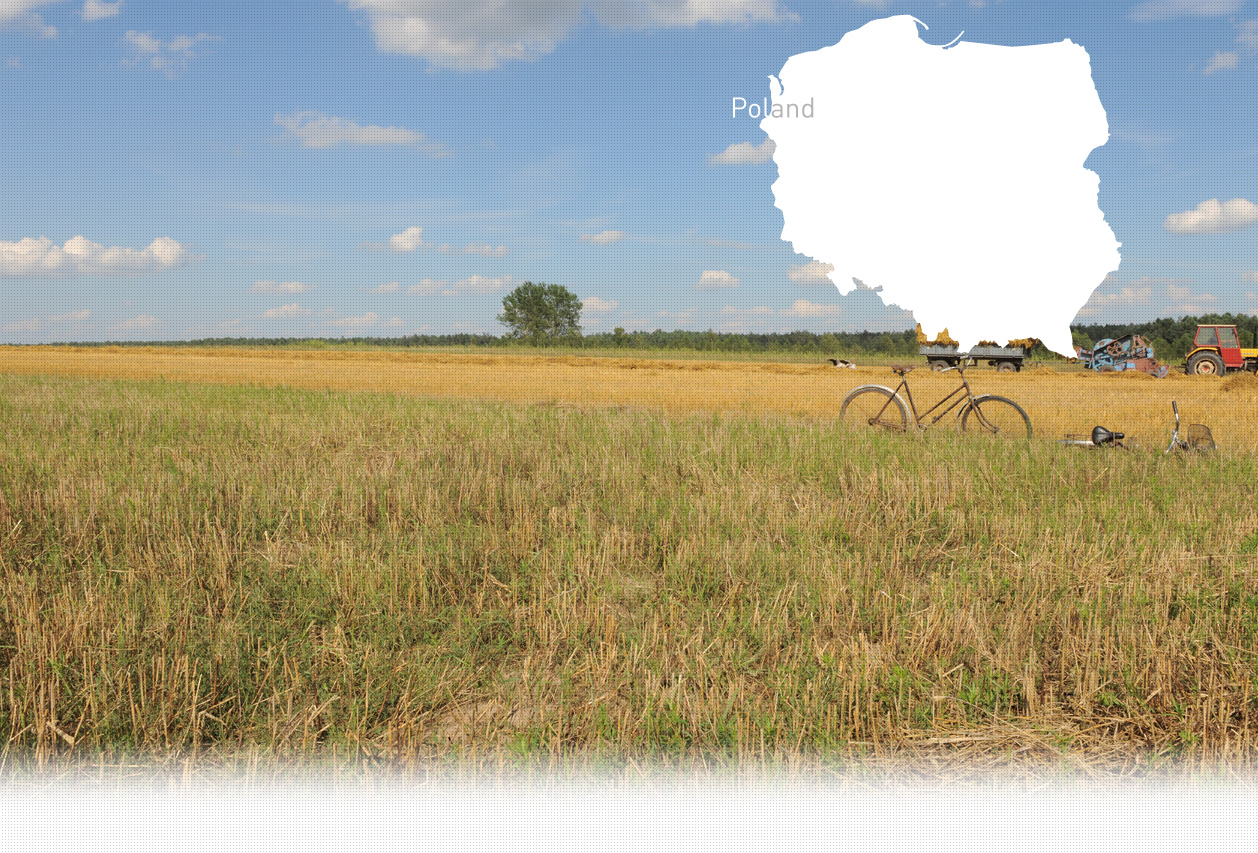

1 Killing site(s)
Helena W., born in 1931: “One day, I heard people screaming and crying in the village, so I went outside and saw a column of Jews
being escorted through the village by Germans. There were many Jews in the column, some of them were most probably from other villages. They were all taken to a building located right next to the former bakery. The Jews were locked up in the building, which was surrounded by a high fence and guarded by several Germans soldiers. Sometime after, the Jews were taken behind a manor park to be executed. My older brother went there with a friend that day. They climbed a tree and watched the shooting. He later told me that adults were shot on the edge of a long trench and the children were killed by Germans who smashed their heads against trees.” (Witness N°1164, interviewed in Medyka, on October 21, 2020)
Medyka is a village located in the Subcarpathian voivodeship, about 13km from Przemyśl, the capital of the district. In 1939, 20,000 Jews lived in Przemyśl, constituting 34.1% of the total population. In the interwar period, there were Poles and Ukrainians living in Medyka, as well as circa. 140 Jews (about 35 families) out of 2.706 of the total population. The Jews from Medyka were mainly merchants and small artisans, such as hairdressers, tailors or butchers. They owned several stores and houses and lived all over the village. They also had a synagogue. Children of all three communities would go to the same local school. Helena W., born in 1931, remembered how “relations between Poles, Ukrainians and Jews before the war were very good.” All YIU’s witnesses interviewed in Medyka vividly remembered a Jewish doctor who converted to Christianity in order to marry a local catholic man before the war. Her name was Fedek and she was a highly respected woman in Medyka and the surrounding area.
According to archival sources, from 16 to 19 September 1939, Einsatzgruppen officers carried out street round-ups and mass arrests in Przemyśl, the victims of which were Jewish men - most often from the upper social classes (doctors, lawyers, wealthy merchants, intellectuals). The detained Jews were taken on foot or transported in carts to the execution sites located on the outskirts of Przemyśl or in nearby towns, including Medyka. Little was known of the fate of the Medyka Jews, but Yahad’s investigation uncovered what happened to them, and Jews from surrounding villages, during the war. In 1941, a Soviet-German border was established in Przemyśl. From that moment, Medyka found itself under German occupation. The Germans gathered all the local Jews in a big wooden building located near the local bakery, most likely in August 1942. According to YIU’s witnesses, the building was fenced in with a high wire fence and guarded by German guards. The Jews were imprisoned there for two or three days, after which they were taken by the Germans to the outskirts of the village, behind a manor park, where a long antitank trench had been dug during the Soviet occupation. Several Ukrainian suppliers were already waiting at the site. Adult Jews were lined up on the edge of the trench and shot with machine guns, while children were killed by having their heads smashed against nearby trees. According to YIU’s witnesses, a Jewish doctor, Mrs. Fedyk, also perished in this mass execution, although her son managed to survive the war. The witnesses claimed that the number of victims killed in the antitank trenches on the outskirts of the village was superior to the number of Jews residing in Medyka before the war. It is therefore very probable that Jews from other localities were joined to the group of Medyka Jews to be killed in one mass execution. Indeed, archival sources mention that Jews from nearby villages, such as Stubno or Torki, were killed in Medyka along with several dozen local Jews.
The bodies of the victims were exhumed from the mass grave in early 1950’ to be reburied at the Jewish cemetery in Przemyśl. The execution site of Jews in Medyka is almost completely overgrown by vegetation and remains without memorial to this day.
Another shooting of two Jewish men took place in Medyka in 1944. Both men were discovered by Ukrainian suppliers in their underground hiding place. They were shot and buried on the spot, not far from the execution site described above.
Do you have additional information regarding a village that you would like to share with Yahad ?
Please contact us at contact@yahadinunum.org
or by calling Yahad – In Unum at +33 (0) 1 53 20 13 17